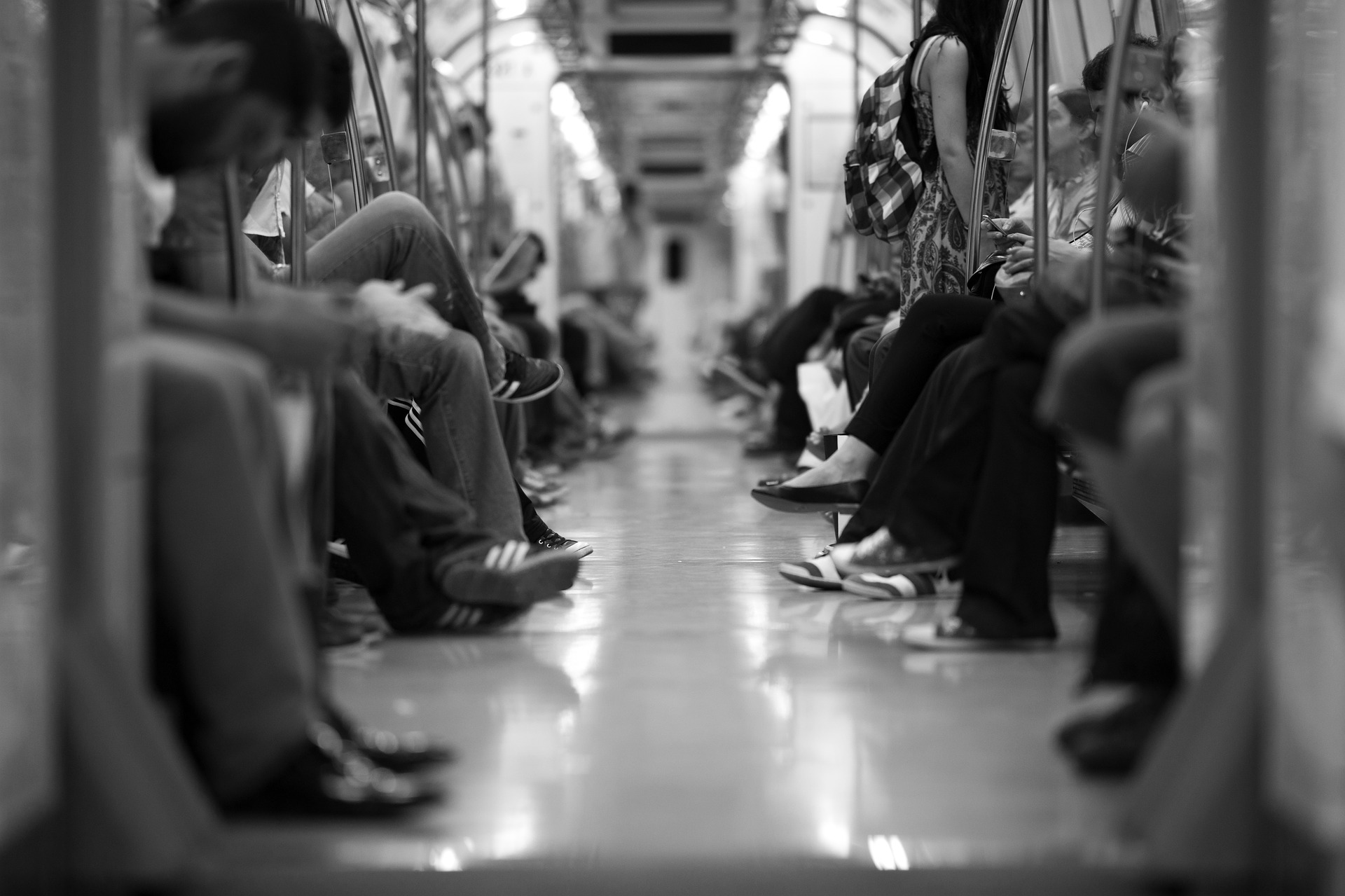Just last week, two New York City subway cars derailed, causing dozens of injuries. The situation did not improve on the next day when repairs caused delays and confusing schedule changes. In response, New York Governor Andrew Cuomo declared a state of emergency and pledged $1 billion dollars to update the subway system. This is hardly the first problem the subway system has recently faced. “The power failures that have been going on,” Cuomo began in a recent address, “that have been sporadic and unpredictable, are becoming more and more frequent.”
The governor’s announcement of a state of emergency as well as his pledged expenditure clearly shows his attempt to dictate what happens in NYC’s subways. This violates the principle of subsidiarity: the idea that those closest to a problem should be the ones to solve it. Subsidiarity is both a utilitarian and principled position. From a perspective of efficiency, it makes much more sense for the city to control its public transportation, because its leaders are more likely to be actual New Yorkers who understand the system and its problems. Local officials can mobilize resources and address the most urgent problems more quickly than state officials in Albany. More fundamentally, usurpation of responsibilities best left at a local level destroys freedom; it takes away the power of the local community to control what directly affects them. Subsidiarity protects the power of New Yorkers to control and fix their own problems.
Instead, New York City should move towards privatizing their public transit system, including their subways. As demonstrated by privatization in the UK, companies controlled by governments are less efficient and more costly than privately owned business. However, many argue that a private transportation system could never solve the logistical problems of a city as large as New York. On the contrary, the experience of Japan shows one example of private corporations that are more than able. For instance, Tokyo has much larger population spread over a larger area, and yet their system is one of the most efficient and cheapest in the world. Nearly 90 percent of it is privately owned and operated.
In 2016, the National Bureau of Economic Research published a paper which found that privatized busing systems could cut costs by 30 percent, and save commuters millions of dollars every year. New York citizens are already finding private solutions to busing with illegal “dollar vans.” These clean, fast, convenient and affordable vehicles are filling the gaps left by the city buses. Unfortunately, they are hampered by expensive licensing requirements and laws that prevent them from picking up passengers on street corners. The possibilities these entrepreneurs could accomplish are limitless if only they could be freed from arbitrary, protectionist regulations.
Privatizing is not a quick and easy fix. Moving a system relied on by so many for their everyday transportation from public to private ownership will have to be accomplished carefully and thoughtfully, especially since there are so many special interests tied up in the system. However, any real solution to the problems with NYC’s transit, beyond a short-term stopgap, will be difficult and complicated. By pursuing privatization, the city of New York can work toward a true long term solution.
Returning head of the Metropolitan Transportation Authority, Joe Lhota, is open to change, “No idea is too crazy,” He said, “No idea is too ambitious.” If he’s serious, then city and state officials should embrace the privatization of the subway and public transit systems, freeing up the immense human creativity that built NYC into the wonder it is today.
